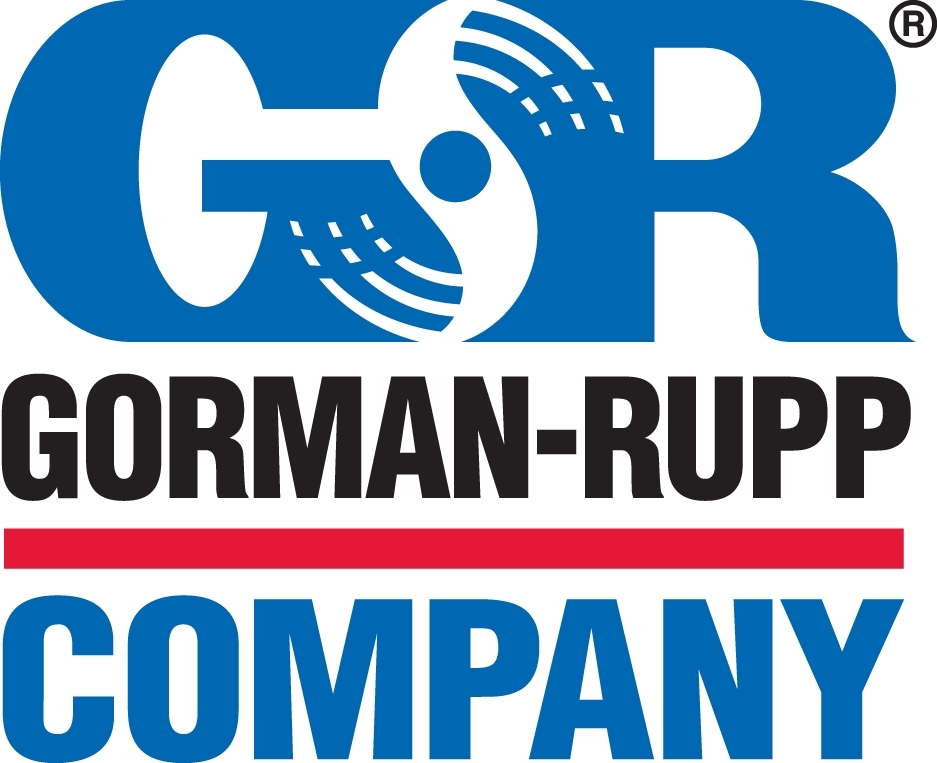Sign up for daily news updates from CleanTechnica on email. Or follow us on Google News!
This is the second of a five-part series of articles (you can check the first part here), where I look at the best affordable EVs in each size category.
There are plenty of good EVs right now, but one of the main challenges continues to be their price and how much more expensive they are compared to their fossil fueled competitors.
As such, I have selected a few of the best EVs in each size category that are on the affordable side of things. After all, the new Porsche Macan is probably the best midsize EV out there, but it is not exactly affordable….
A few disclaimers first: These models are a mirror of what is happening in the EU market, the prices mentioned regard the Netherlands, a neutral country. Range numbers are according to WLTP standards, and despite having a number of objective metrics — like price, range, charging speed, and others — the analysis also has some subjective input from me, as in some segments it was hard to select just two or three models, due to the abundance of choices. So, if you do not agree with some of the choices, or feel that other models should have been on the shortlist, please mention that in the comments section.
B Segment — Subcompacts
Having restricted the price for the B-segment category to 30,000 euros, as that can be considered a reasonable price for a subcompact (after all, a Renault Clio can go up to 31,000 euros), there was a surprising number of models to choose from, with the added bonus that all of them are either landing now (Renault 5, Citroen e-C3 EV) or about to. So this is certainly the segment where EVs are evolving faster in Europe. If I had done this exercise nine months ago, instead of having a hard time choosing three EVs, I would have none to speak of….
As such, I have chosen the Hyundai Inster Long Range, the Citroen e-C3 EV/Fiat Grande Panda EV siblings, and the 40 kWh 120 hp Renault 5.
And, unfortunately, I had to leave out the competitive Dongfeng Box 42 kWh despite competitive pricing (23,400 euros), because it was on the low end of range (310 km) and is slightly slower than the chosen EVs (95 hp motor, 0–100 km/h in 12.5 sec). The Citroen e-C3 EV Aircross was also out, because despite having more space and similar specs to the regular C3, it is 17% more expensive at 27,400 euros than its shorter sibling.
Hyundai Inster Long Range

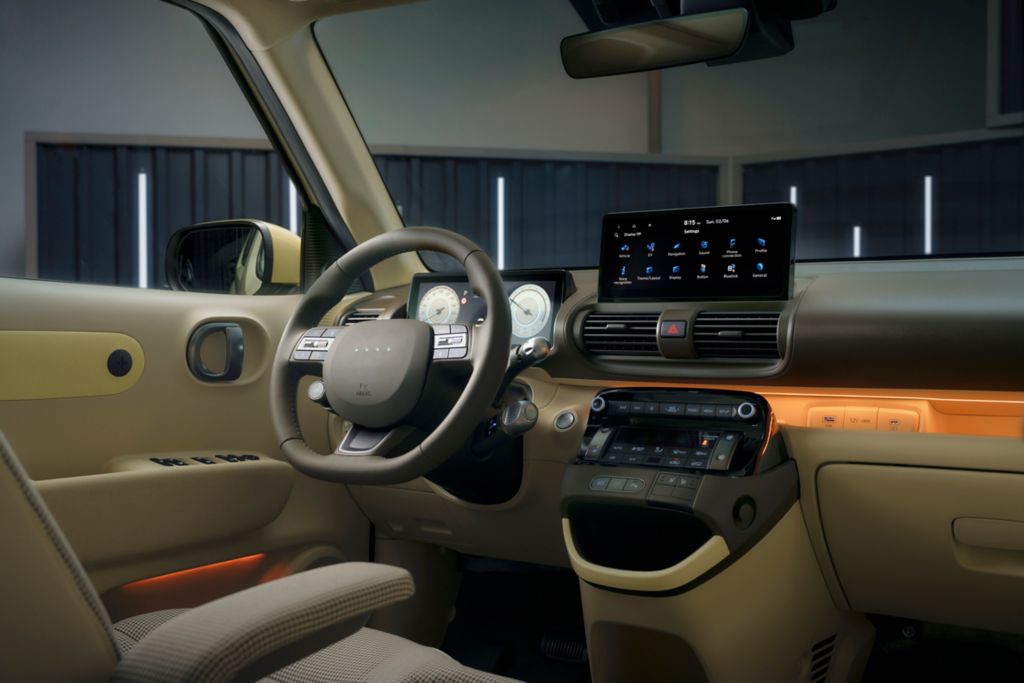
Now, some might argue that the Inster is a city car, and I would agree, if it had the same size (3.6 meters) as the original ICE model, the Hyundai Casper. But, at 3.83 meters, it is closer to models like the Renault 5 (3.92 meters) than it is to the 3.6–3.7 meters of the regular city cars. And with pricing (it starts at 24,300 euros) and specs (the smallest battery has 42 kWh) worthy of B-segment cars, it firmly sits in the subcompact category.
The version chosen for this article is the Long Range version, which starts at 26,000 euros, but in exchange, it offers a 46 kWh usable NCM battery, allowing a class leading 370 km range (300 km real world). It has a 115 hp motor, doing 0–100 km/h in respectable time (10.6 seconds), and a highway comfortable top speed (150 km/h). The cute crossover also shines on the charging side, by offering 11 kW AC charging and 85 kW DC charging. It also has vehicle-to-load (V2L) capabilities, which is an important plus point.
Inside, the Inster is also among the best, with a 280- to 351-liter trunk and a 2.58-meter wheelbase, which is a great result considering its compactness. This offers MPV-like flexibility, as all seats (including the driver’s) can be lowered. On the other hand, the fact it only seats four people could be a deal breaker to some. Also not helping is a turning radius of 10.6 meters, a metric that could be important for a vehicle designed for urban environments.
The cute Korean recovers some ground when we look at warranties, because while the battery has the standard 8-year warranty, the general warranty is a class leading 5 years.
Tech-wise, this is one of the best EVs in its class, but it has two drawbacks that in the future could steal some sales: It only seats four people, and having an NMC battery could hurt its resale value in the future.
Citroen e-C3 EV & Fiat Grande Panda EV
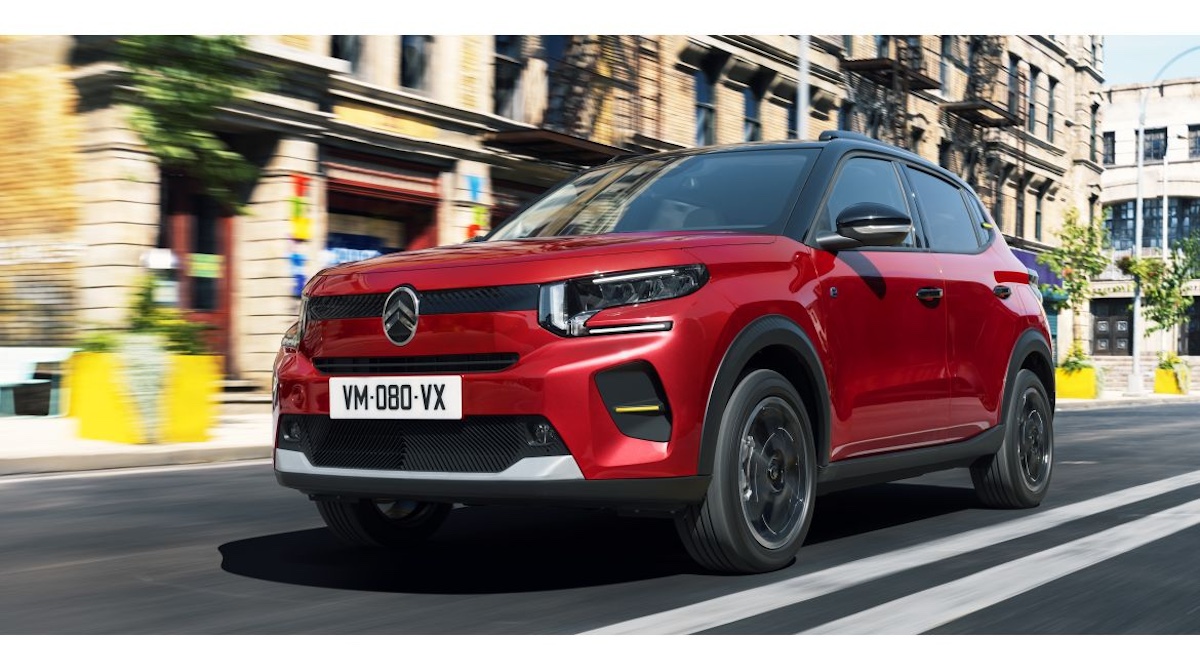
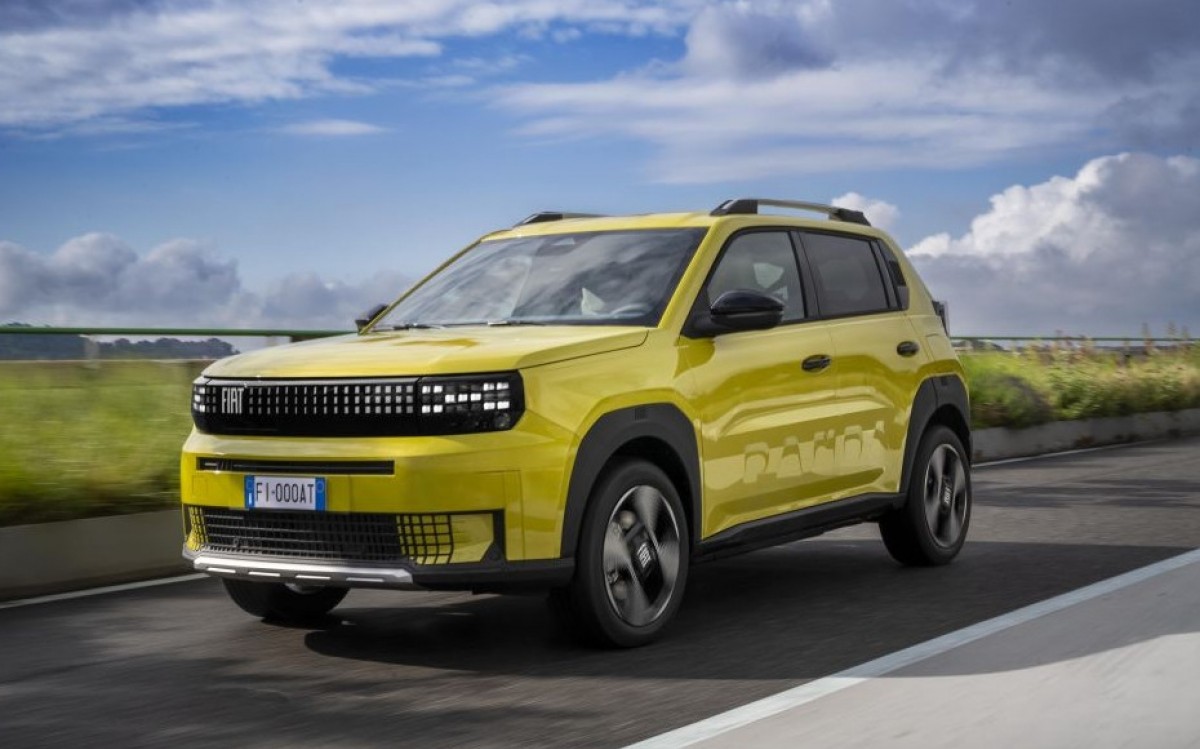
I have decided to put these two together, first because it allowed me to cheat and include four EVs instead of three, but also because they are basically the same car with different clothing. One has a more classic design, in the case of the French model, and the other has a more retro-futuristic look, the Italian. For some reason, the Grande Panda reminds me of some sort of Hyundai Ioniq 5 that has been left for too long on the dry cleaner…. Maybe that’s the reason why the Italian is some 1,700 euros more expensive (24,300 euros vs. 26,000 euros) than its French relative. But looking at powertrain specs, they are either the same or quite similar (44 kWh usable LFP battery, 325 km range, 113 hp motor, 0–100 km/h in 11 seconds, 135 km top speed, 7.4 kW AC charging, 100 kW DC charging). So are the interior dimensions (4 meters total size, 2.54-meter wheelbase).
Interestingly, these two Stellantis siblings have two metrics where their values are rather different. While the Citroen EV has a competitive turning radius of 10.3 meters, the Fiat has a larger one (10.9 meters), while on the other hand, the Italian has a class leading trunk of 361 liters while the French has a more measured 310 liters of capacity. Their warranties are the same, with a regular 3-year general warranty and 8 years for the battery.
With good specs and the advantage of having LFP batteries, allowing regular battery top-ups to 100%, added to good charging specs, these are urban EVs that allow occasional longer trips without breaking the bank.
Renault 5 (40 kWh 120 hp)
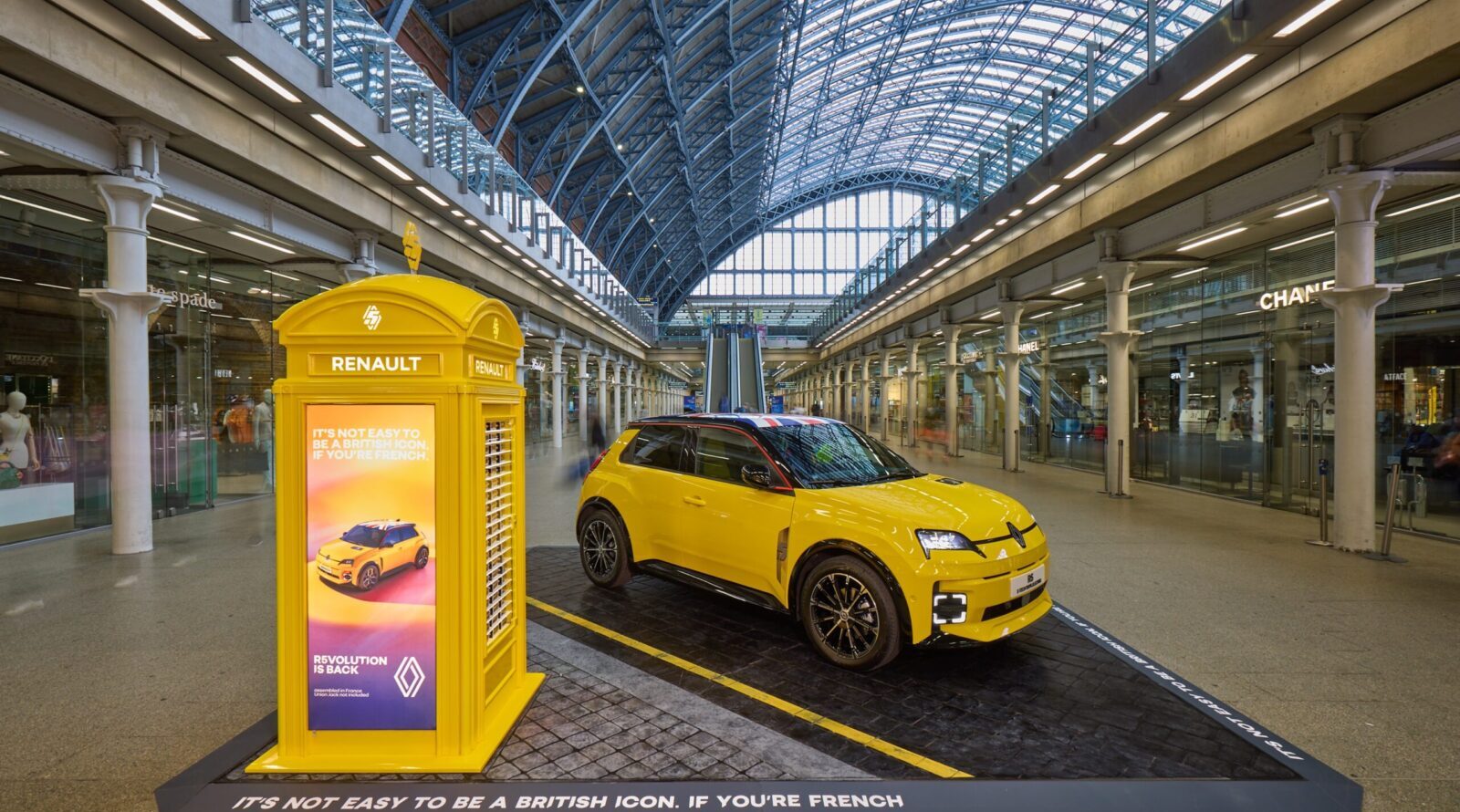
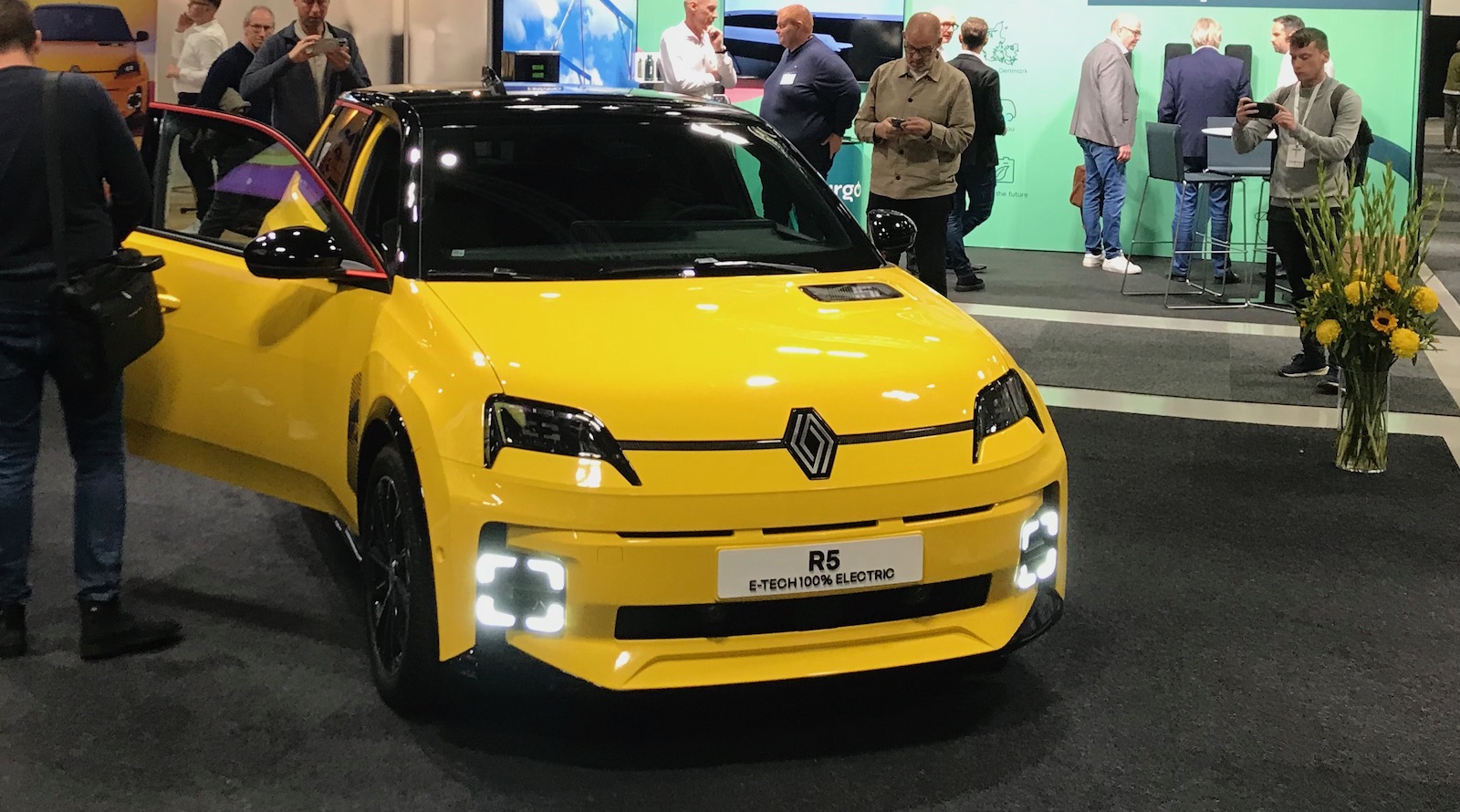
Last, but surely not least, we have what will probably be the poster model for the European EV industry in the coming years: the Renault 5. With an iconic design, it has more cool style in the front bumper than the VW ID.3 has in the whole car. The French EV is proof that a good design sells, and it also serves as a counter-argument to those EV bashers who say that all electric cars look the same. But I digress. In order to stay within the budget, we have to stay with the smaller 40 kWh NMC battery, which allows 300 km of range (or 255 km of real-world range). And we opted for the 120 hp version, not because of the extra 30 hp over the basic, 25,000 euro version — after all, slashing one second in the 0–100 km/h time (10 seconds vs. 9 seconds) isn’t really transformative to the already dynamic character of the car, but adding fast-charging is. And here’s a rub I have with Renault: why aren’t the base versions of its EVs being equipped with DC charging capabilities? I mean, it’s not 2018 anymore….
Anyway, when equipped with DC charging, rated at 80 kW (11 kW in AC), the price jumps to some 28,000 euros, which compared to the other models here isn’t exactly cheap, but Renault’s new EV compensates with unique features in this class, like V2L capability, vehicle-to-home (V2H) capability, and vehicle-to-grid (V2G) capability — which are great points, but they would be even better if the battery was LFP and not NMC….
Other distinctive features are the Google-based services, like a truly useful navigation service based on Google Maps and advanced ADAS, namely Easy Park Assist.
Regarding warranties, the Renault EV matches the Hyundai Inster, offering 5 years of general warranty and 8 years for the battery.
The Pop-Iconic interior helps to disguise an average space (wheelbase of 2.54 meters, trunk of 326 liters). This is a car that you buy with your heart, not your mind. If you love the design, or like spirited driving, and are willing to pay a little extra for that, then the rest of the car will not disappoint. If, on the other hand, price and/or specs is the #1 priority, then the other EVs on this list are better suited.

Chip in a few dollars a month to help support independent cleantech coverage that helps to accelerate the cleantech revolution!
Have a tip for CleanTechnica? Want to advertise? Want to suggest a guest for our CleanTech Talk podcast? Contact us here.
Sign up for our daily newsletter for 15 new cleantech stories a day. Or sign up for our weekly one if daily is too frequent.
CleanTechnica uses affiliate links. See our policy here.
CleanTechnica’s Comment Policy




